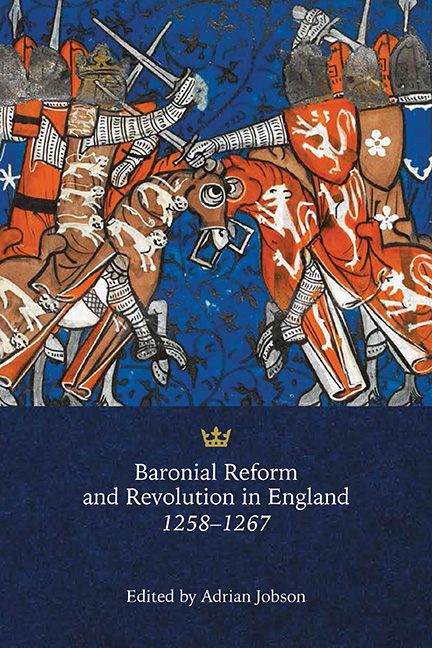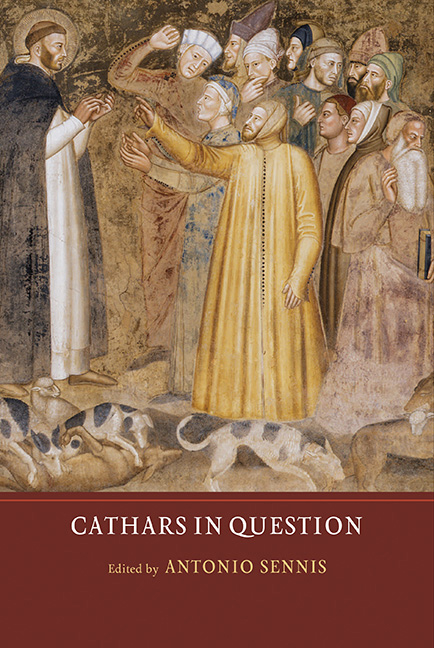66 results
A history of high-power laser research and development in the United Kingdom
- Part of
-
- Journal:
- High Power Laser Science and Engineering / Volume 9 / 2021
- Published online by Cambridge University Press:
- 27 April 2021, e18
-
- Article
-
- You have access
- Open access
- HTML
- Export citation
4 - Five Decades of Modeling Supporting the Systems Ecology Paradigm
-
-
- Book:
- Natural Resource Management Reimagined
- Published online:
- 25 February 2021
- Print publication:
- 11 March 2021, pp 90-130
-
- Chapter
- Export citation
11 - Environmental Literacy
-
-
- Book:
- Natural Resource Management Reimagined
- Published online:
- 25 February 2021
- Print publication:
- 11 March 2021, pp 335-352
-
- Chapter
- Export citation
Psychological and demographic characteristics of 368 patients with dissociative seizures: data from the CODES cohort
-
- Journal:
- Psychological Medicine / Volume 51 / Issue 14 / October 2021
- Published online by Cambridge University Press:
- 11 May 2020, pp. 2433-2445
-
- Article
-
- You have access
- Open access
- HTML
- Export citation
Chapter 2 - The Intertidal Zone of the North-East Atlantic Region
-
-
- Book:
- Interactions in the Marine Benthos
- Published online:
- 07 September 2019
- Print publication:
- 29 August 2019, pp 7-46
-
- Chapter
- Export citation
A neutron diffraction study of topaz: evidence for a lower symmetry
-
- Journal:
- Mineralogical Magazine / Volume 43 / Issue 331 / September 1980
- Published online by Cambridge University Press:
- 05 July 2018, pp. 943-944
-
- Article
- Export citation
The Last Interglacial Ocean
-
- Journal:
- Quaternary Research / Volume 21 / Issue 2 / February 1984
- Published online by Cambridge University Press:
- 20 January 2017, pp. 123-224
-
- Article
- Export citation
Index
-
- Book:
- Baronial Reform and Revolution in England, 1258-1267
- Published by:
- Boydell & Brewer
- Published online:
- 21 May 2021
- Print publication:
- 21 October 2016, pp 259-284
-
- Chapter
- Export citation
Dedication
-
- Book:
- Baronial Reform and Revolution in England, 1258-1267
- Published by:
- Boydell & Brewer
- Published online:
- 21 May 2021
- Print publication:
- 21 October 2016, pp v-vi
-
- Chapter
- Export citation
Contents
-
- Book:
- Baronial Reform and Revolution in England, 1258-1267
- Published by:
- Boydell & Brewer
- Published online:
- 21 May 2021
- Print publication:
- 21 October 2016, pp vii-viii
-
- Chapter
- Export citation
Acknowledgements
-
- Book:
- Baronial Reform and Revolution in England, 1258-1267
- Published by:
- Boydell & Brewer
- Published online:
- 21 May 2021
- Print publication:
- 21 October 2016, pp x-x
-
- Chapter
- Export citation
List of Illustrations
-
- Book:
- Baronial Reform and Revolution in England, 1258-1267
- Published by:
- Boydell & Brewer
- Published online:
- 21 May 2021
- Print publication:
- 21 October 2016, pp ix-ix
-
- Chapter
- Export citation
List of Abbreviations
-
- Book:
- Baronial Reform and Revolution in England, 1258-1267
- Published by:
- Boydell & Brewer
- Published online:
- 21 May 2021
- Print publication:
- 21 October 2016, pp xi-xiv
-
- Chapter
- Export citation
Frontmatter
-
- Book:
- Baronial Reform and Revolution in England, 1258-1267
- Published by:
- Boydell & Brewer
- Published online:
- 21 May 2021
- Print publication:
- 21 October 2016, pp i-iv
-
- Chapter
- Export citation

Baronial Reform and Revolution in England, 1258-1267
-
- Published by:
- Boydell & Brewer
- Published online:
- 21 May 2021
- Print publication:
- 21 October 2016
Acknowledgments
-
- Book:
- Cathars in Question
- Published by:
- Boydell & Brewer
- Published online:
- 31 March 2017
- Print publication:
- 18 August 2016, pp vii-viii
-
- Chapter
- Export citation

Cathars in Question
-
- Published by:
- Boydell & Brewer
- Published online:
- 31 March 2017
- Print publication:
- 18 August 2016
Miscellaneous Endmatter
-
- Book:
- Cathars in Question
- Published by:
- Boydell & Brewer
- Published online:
- 31 March 2017
- Print publication:
- 18 August 2016, pp 333-333
-
- Chapter
- Export citation
Index
-
- Book:
- Cathars in Question
- Published by:
- Boydell & Brewer
- Published online:
- 31 March 2017
- Print publication:
- 18 August 2016, pp 314-332
-
- Chapter
- Export citation
Frontmatter
-
- Book:
- Cathars in Question
- Published by:
- Boydell & Brewer
- Published online:
- 31 March 2017
- Print publication:
- 18 August 2016, pp i-iv
-
- Chapter
- Export citation



